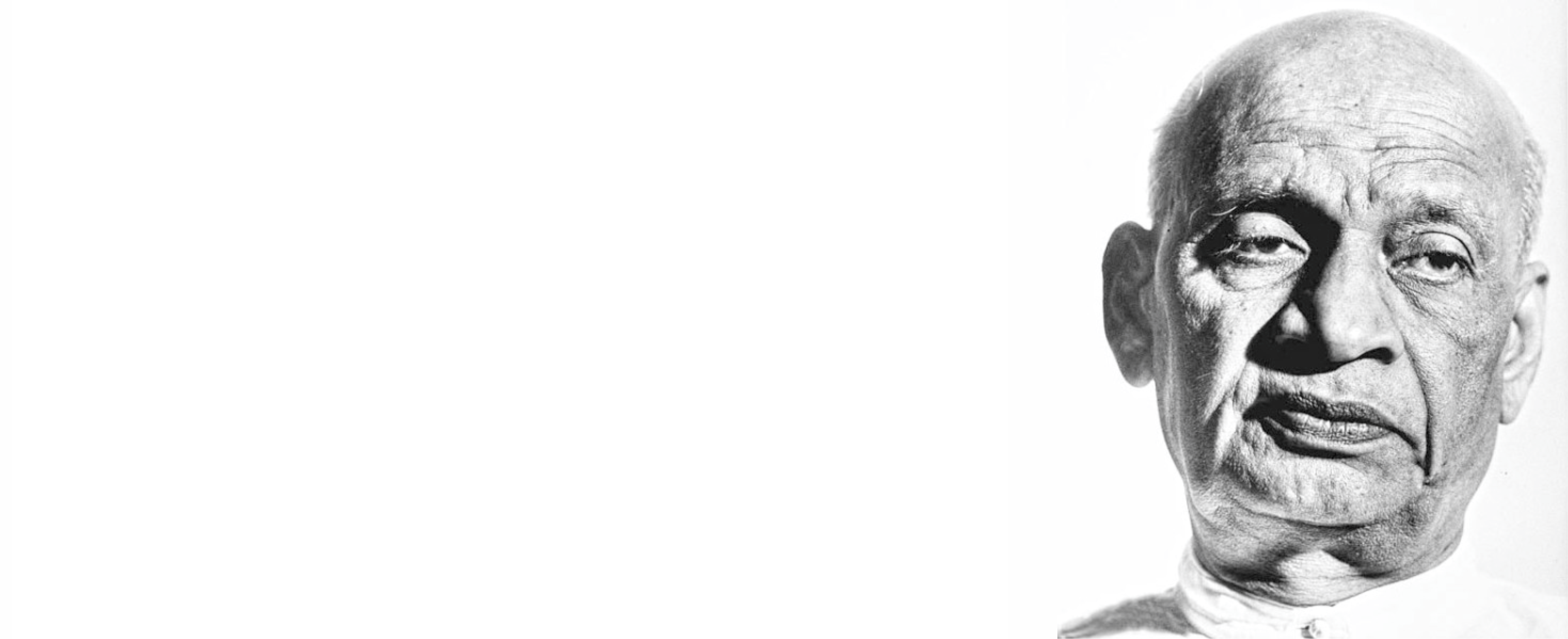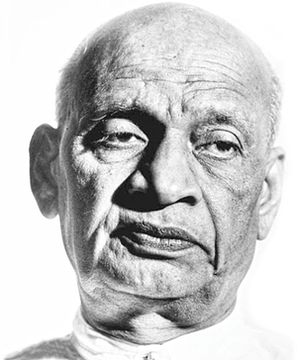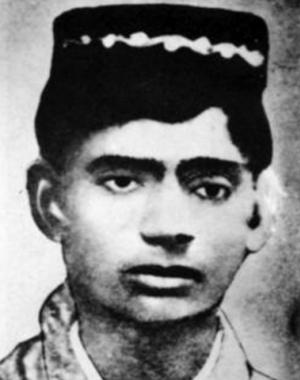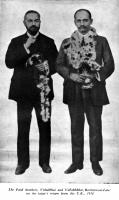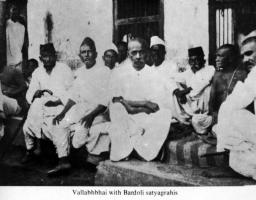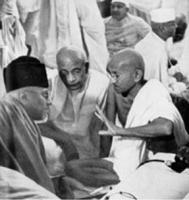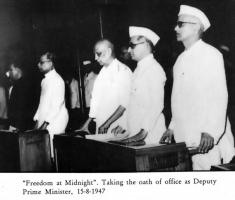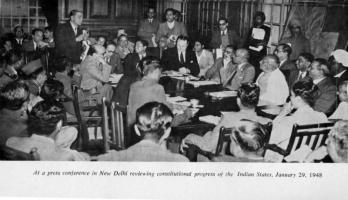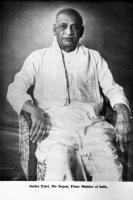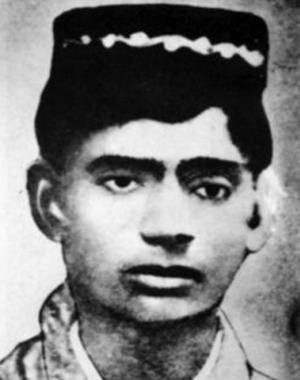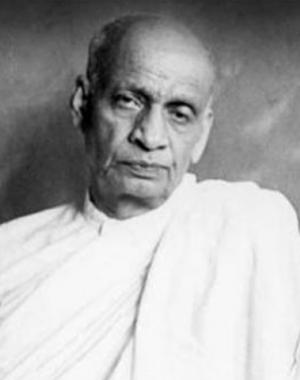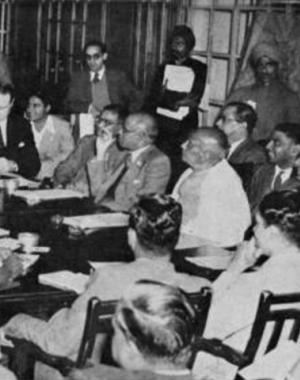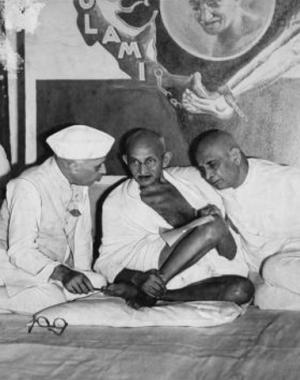Early life
Born on 31st October 1875 in the village of Nadiad in Gujarat, Vallabhbhai Patel was the fourth in a family of six children. Growing up in Karamsad under the care of his mother Ladba, he often joined his father Jhaverbhai, a farmer, in tilling the land. His father is said to have fought against the British in the army of the Rani of Jhansi in the Uprising of 1857. By the time Vallabhbhai was born, Jhaverbhai had settled into a quiet life of a peasant tilling the ten acres of his ancestral land that belonged to him. Vallabhbhai's mother Ladba was said to have been a very competent woman with a lovely voice. She gathered the children together in the courtyard every evening to sing devotional songs and narrate stories from the epics to them.
